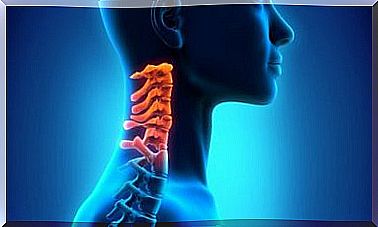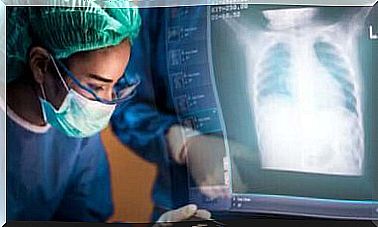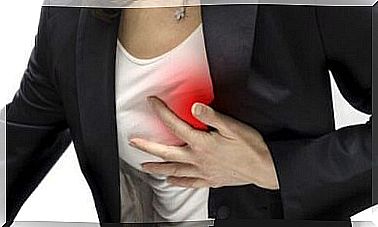Recognize The 7 Main Signs Of Appendicitis

Since the symptoms of appendicitis are similar to those of other digestive problems, it is important to see a specialist. A specialized doctor will make the correct diagnosis as soon as possible, in order to avoid the development of peritonitis.
The appendix is a small tubular organ attached to the beginning of the colon. It is located in the lower right part of the abdomen. The function of the appendix is still unknown.
Appendicitis occurs when something blocks this pouch. As a result, the pressure is increased and, moreover, the flow of blood is hindered. As a result, inflammation develops.
If left untreated, appendicitis can be life-threatening as the appendix can burst. This leads to a spread of the infection in the abdomen.
Before that, however, doctors can intervene with a surgical procedure and thus reduce the risk of complications.
Appendicitis usually occurs in individuals between the ages of ten and thirty, but it can actually occur at almost any age. However, it is very rare in children under two years of age.
The most notable symptom of appendicitis is abdominal pain, but during the development of this inflammation, other symptoms will appear, which are an indication that appendicitis is indeed present. Above all, remember that early diagnosis is very important to prevent more serious problems.
Now let’s take a look at the seven symptoms you should pay attention to.
1. Sharp abdominal pain may indicate appendicitis

This sharp pain usually occurs in the lower right part of the abdomen. The intensity of the pain often changes continuously. In many cases, pain is first felt near the navel and even in the lower back.
This symptom is often worse when one moves the legs or abdomen (for example, when sneezing or when coughing).
2. Fever and Chills
The symptoms of appendicitis can resemble those of a stomach virus because along with the pain, you may also experience fever, chills, and trembling.
Doctors warn that extreme changes in body temperature coupled with severe abdominal pain should always be treated urgently. This emergency approach will ensure that complications such as peritonitis, an inflammation of the inner layer of the abdominal wall, are avoided.
3. Nausea, Vomiting and Loss of Appetite
Nausea, vomiting and loss of appetite are three symptoms that usually occur at the same time when appendicitis develops. Usually they occur in at least ninety percent of cases, almost always after the appearance of pain in the lower zone of the abdomen.
The problem is that many people often ignore this disease. The reason is that the symptoms are more common for other medical problems.
If you have these symptoms and if they keep coming back or continuing during the day, it is essential to call the doctor to get a prompt and correct diagnosis.
4. Constipation and Diarrhea
Both constipation and diarrhea are typical of patients with appendicitis.
As with the other symptoms, these problems can be quite normal. They don’t necessarily have to be a signal that something serious is going on. However, it is best to be examined by a professional, especially if the symptoms are accompanied by other complaints.
5. Gas and ignition
Many types of foods can cause a buildup of intestinal gas and inflammation. But if both complaints appear for no apparent reason, then one should pay attention.
Problems in the appendix can cause persistent inflammation, with gas and abdominal pain.
6. Loss of Appetite
People who normally eat well but then suddenly lose their appetite should talk to their doctor to find out why they aren’t feeling hungry.
Many chronic conditions can lead to a loss of appetite, including appendicitis and colon cancer. While it doesn’t always mean you have a serious problem, it’s a good idea to pay attention to it and see your doctor.
7. Letting go pain

Release pain is a symptom that occurs when the lower right part of the abdomen is pressed and then released exactly where the pain is concentrated. One then experiences pain when letting go.
It is very important not to press too much on that area as it can cause complications in the appendix.
You should see a doctor if you feel any pain after releasing the affected area.
If you think you have appendicitis, you should immediately consult a specialist. He will perform the necessary investigations to make the correct diagnosis.
Once it is determined that the appendix is inflamed, surgery will follow. This procedure consists of making a small incision to remove the appendix. If necessary, intravenous antibiotics will also be administered to prevent serious infection.









